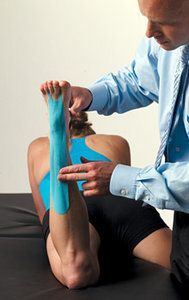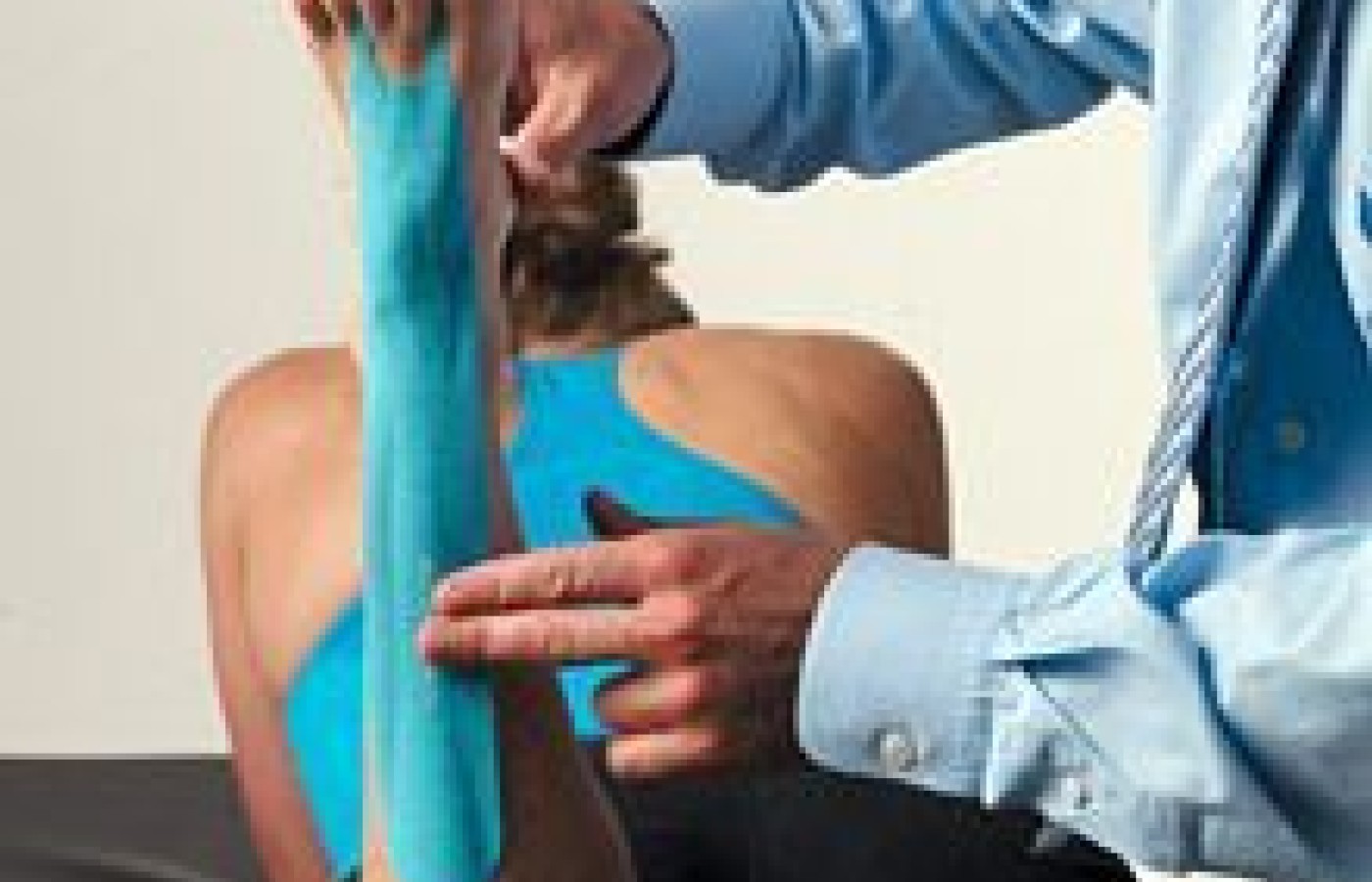Recent laws in New Jersey and California represent a disturbing trend that will negatively impact a practice’s ability to collect monies from patients, as well as expose them to significant penalties if the practice does not follow the mandatory guidelines to a T. Please be aware that a similar law may be coming to your state. The time to act is before the law is passed.
A New Approach for Helping Patients With Foot Drop: Elastic Therapeutic Taping
Clinical presentation of foot drop can present the practitioner with a potentially complex problem. Foot drop, in which the patient experiences weakness of the ankle dorsiflexors, can range from an inability to actively bring the toes toward the shin to a weakness only evident upon resisted dorsiflexion. Depending on the underlying cause, foot drop may end up being a temporary or permanent condition.
The clinical impetus for drop foot can vary and therefore requires the practitioner to provide a thorough evaluation in order to identify the root cause. Once the primary reason for the foot drop has been identified by thorough physical evaluations and often electrodiagnostic testing, the foot drop itself still needs to be locally addressed, as alterations in gait associated with foot drop may exacerbate the overall condition.
Clinical Presentation
For example, let's look at a patient presenting with a drop foot stemming from an L5 compression leading to neural compromise of the peroneal nerve. The weakness in the ability to dorsiflex during walking, often simply tested by having the patient attempt to walk on their heels, will result in the patient lifting the ipsilateral knee higher during walking to allow the foot to clear the ground. An alternative compensatory strategy patients may present with is hiking the pelvis up by activating the quadratus lumborum on the same side as the foot drop to help the foot clear the ground. This places greater demands andloads on the lumbar spine, which is potentially at the root of the drop foot in the first place.
Using Elastic Therapeutic Tape

To address the changes in gait and prevent ongoing compensatory patterns of muscle activation, I have been using elastic therapeutic tape. Tape has long been used therapeutically for various clinical conditions. Elastic therapeutic tape, which differs from other forms of tape in that it is manufactured to be the same weight, thickness and elasticity as human skin, has been used for approximately the past 30 years. Elastic therapeutic tape is also formulated with a hypoallergenic adhesive, allowing the tape to be worn directly on the skin for multiple days of continuous wear.
The therapeutic use of elastic therapeutic tape varies depending on whether the tape or the muscles the tape is applied to are stretched before the tape is adhered. In the case of drop foot, a structural application would be applied in which the clinical objective is to prevent motions or postures from occurring that are potentially harmful. With drop foot, the potentially harmful motion you want to reduce is the excessive plantar flexionduring walking, which leads to the characteristic sweeping of the foot along the floor, compensatory use of alternative gait muscles and the often-heard foot slap after heel strike.
Application
Structural applications are achieved by stretching the tape before applying it on a shortened muscle or joint. The amount of stretch varies depending on the clinical objective determined by the treating practitioner. In the image below, you can see the application of elastic therapeutic tape to address foot drop. The ankle is placed at a 90 degree angle and the tape is stretched over the anterior ankle before being laid down and adhered to the skin. Once applied, you rub the tape to activate the adhesive (heat activated).
Each application should then be worn continuously for the next 4-5 days and reapplied as needed. The intent of the application is to provide a comfortable way to maintain dorsiflexion during gait so the patient can reduce the compensatory load and alterations on other myofascial and articular structures.
Although there are numerous clinical reasons one may end up with foot drop, the foot drop itself is merely symptom and not the actual problem. Be this as it may, we still need to address the local foot drop issue, as it often perpetuates the ongoing clinical condition, thus delaying recovery. The clinical use of elastic therapeutic tape is an effective strategy to help prevent excessive compensatory patterns from occurring, which may prolong the condition. In the event that there is permanent drop foot, a brace or splint can be used to hold the foot in place during walking.
Resources
- Simonsen EB, Moesby LM, Hansen LD, Comins J, Alkjaer T. Redistribution of joint moments during walking in patients with drop-foot. Clin Biomech, Nov 2010;25(9):949-53.
- Stewart JD. Foot drop: where, why and what to do? Pract Neurol, Jun 2008;8(3):158-69.
- Ring H, Treger I, Gruendlinger L, Hausdorff JM. Neuroprosthesis for footdrop compared with an ankle-foot orthosis: effects on postural control during walking. J Stroke Cerebrovasc Dis, Jan 2009;18(1):41-7.



